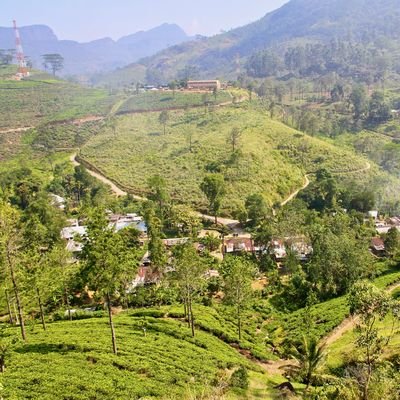You don't let just anyone walk through the front door of your house; it's the same for countries letting you walk across their border. Apart from your passport, if you don't have a visa for the country, you won't be stepping over the invisible demarcation line—unless it's a country with a bilateral visa waiver for your nationality.
Airport border crossings can be tedious, as multiple planes may land simultaneously. After immigration, you must collect your luggage before going through customs. Crossing a border by road, immigration and customs work in tandem. You take your bags out of the bus or car to be sniffed by big dogs while attending immigration. Once deemed fit to enter their country, you pick your bag up and put it back on your transport—generally, there's no helping hand in this scenario. If the dogs do a dance around your luggage, you are whisked away in a flurry of doggy excitement. These border crossings can also be the opportunity for a loo and coffee break—it's all very civilized.
Not all border officers wear grim faces when scrutinizing your passport and visa! On a remote border crossing in an Asian country, I was greeted by an immigration officer who asked me to take a photo of him when he found out I was a travel photographer—usually, it's verboten to take photographs anywhere near an immigration office. He appeared so happy to have someone to interact with—I must have been the only foreigner to grace his lonely border outpost that day. As I had arrived by bus at the border and it couldn't go any further, he even called a taxi from the closest town to come and pick me up from the border crossing—it was a rickety rust bucket of a car, but he was intent on looking after me—I didn't complain.
Not all border crossings are equal. If you don't have the correct visa, you could be stranded in the middle of nowhere, such as the remote border crossings over the Andes between Chile and Argentina, the longest border in South America. The French often use Andorra in the Pyrenees between Spain and France, one of the smallest landlocked countries in Europe, as a shopping mecca because they do not require a visa to go through the border gates on their duty-free shopping sprees. Other crossings have created market huddles on both sides; the long metal-caged walkway of the Myawaddy-Mae Sot Friendship Bridge in Mai Sot is a bustling local market hub, while the old bridge crossing of Tachileik in Mai Sai is a colorful tourist attraction. Both lead into Myanmar from different areas of Thailand. The border crossing from the southern part of Laos into Thailand is a hilarious jaunt on a bus from one office to another over no-man's land. Border crossings can be exciting if you have the proper documents in hand.

Every country has different visa requirements and offers different types of visas fit for the purpose of your visit and for varying lengths of time—often, these visa rules change at any given time and with little notice. For guidance on a country's visa requirements, head to their online website or go to that particular country's embassy or consulate if living in a city where they have one. Alternatively, look up your country's government travel website, as it usually gives you up-to-date visa information and points you in the right direction for advice.
Visas Offered Vary
- The visa you require will depend on your nationality, proposed length of stay, and activities you plan to do in the country.
- Tourist visas—can be up to 3 months for tourism, volunteering, and studying.
- Long-stay or immigrant visa—if planning on living and working in a foreign country.
- Transit visa—if you merely pass through a country to reach your final destination.
- Visa on Arrival—short-term visitors, which don't require you to arrange beforehand; it's done when you arrive in the country.
- E-visa or Online-visa is usually short-term for tourists and arranged before you arrive at your destination.
The Schengen Visa
Love it or hate it, it will only entitle you to 90 days in any one period of 180 days of touring 26 European countries with common entry and exit requirements. You get one visa for all countries with specific conditions attached to your visa. Your 90 days are calculated from the first day you put a foot inside a country that belongs to the Schengen zone.
Using Visa Agents
Expect to pay more for your visa if you use a commercial visa agent unless the agent has been authorized by the country's government to issue visas on their behalf. Be careful that you are using a legitimate service by checking the visa price on the destination's government website. There are plenty of scammy visa tricks whereby you will pay an exorbitant price for a fake visa!

A Visa is a Legal Document
If you breach your visa conditions—give false information, work on a tourist visa, overstay the number of days allowed on your visa, or are involved in criminal activity—you can be fined, jailed, or deported and blacklisted from ever stepping foot back into that country.
It's up to you to get the correct visa for your requirements.
Gail Palethorpe, a self proclaimed Australian gypsy, is a freelance writer, photographer and eternal traveller. Check out her website Gail Palethorpe Photography and her Shutterstock profile.















